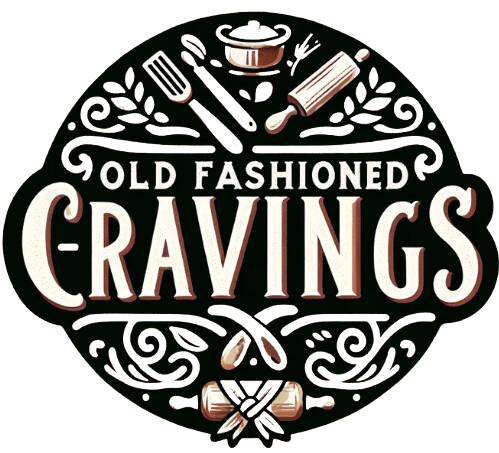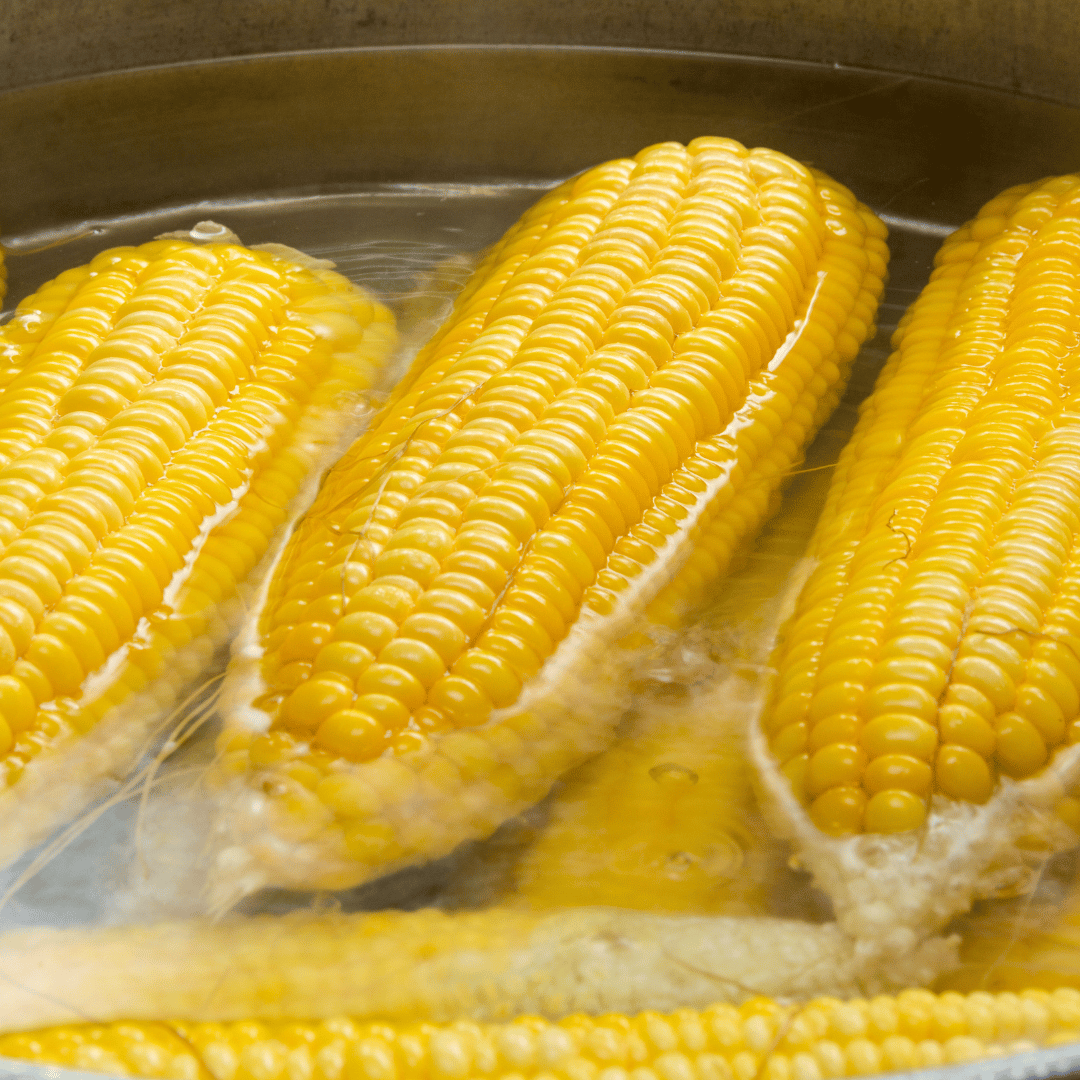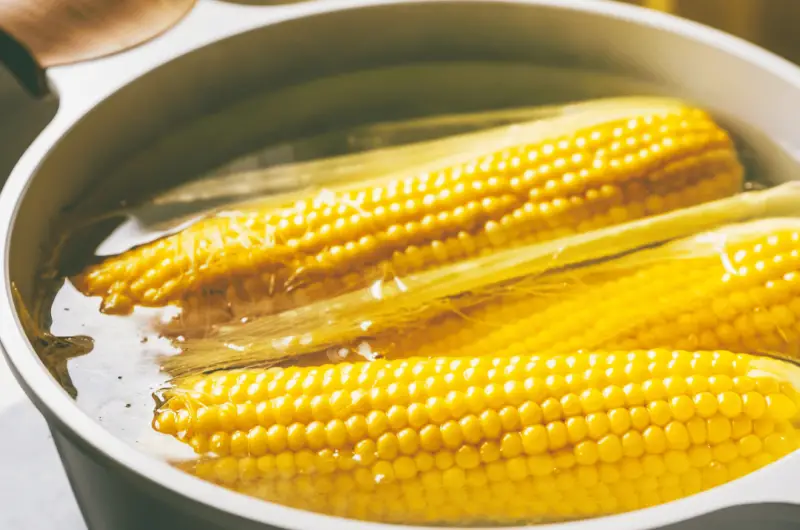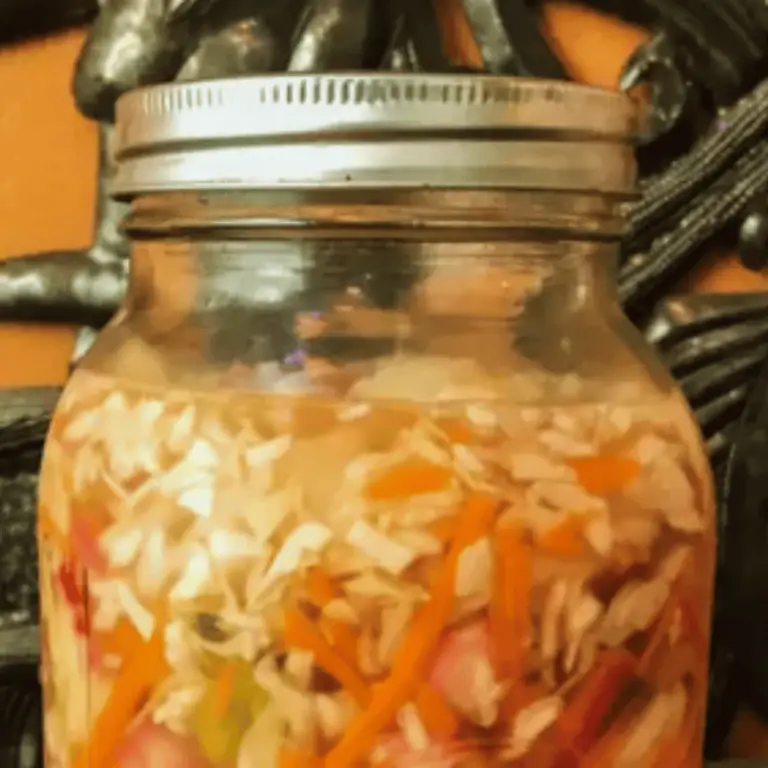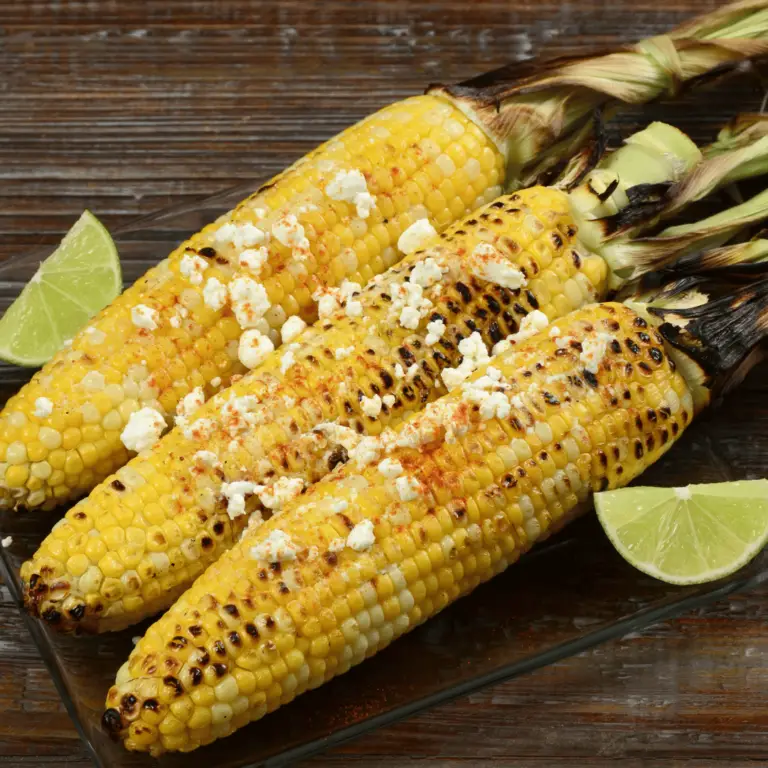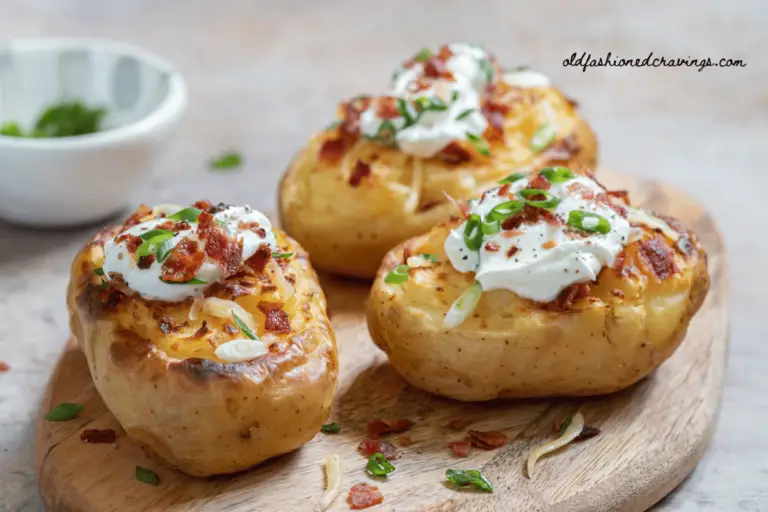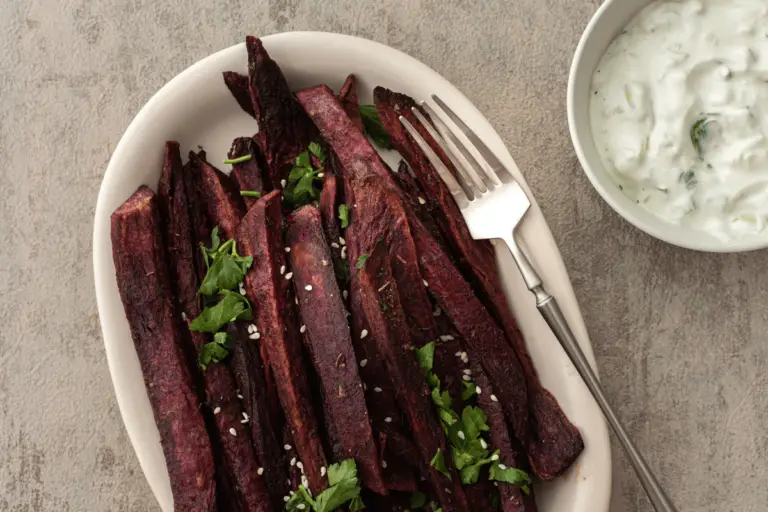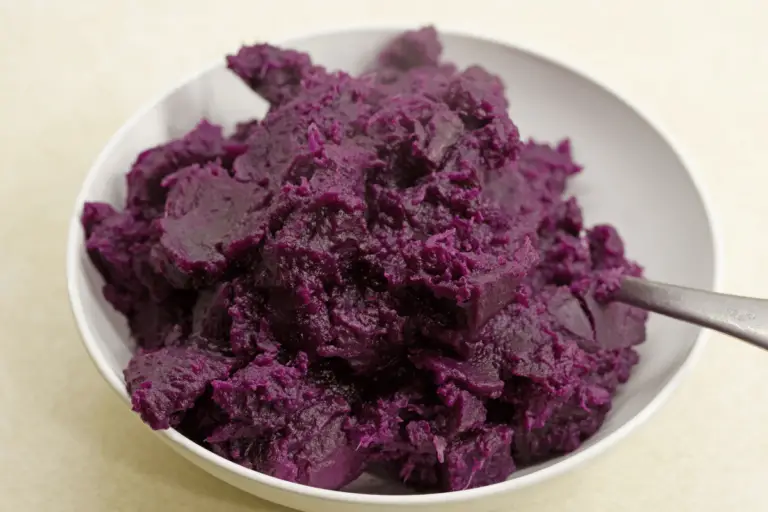Perfectly Boiled Corn On The Cob
🚨Be sure to leave a 5 star rating if you like this recipe!🚨
Boiling corn on the cob is a simple, traditional method that brings out the natural sweetness and juiciness of the corn.
This straightforward recipe will guide you through the steps to achieve perfectly boiled corn on the cob every time, ensuring it’s tender, full of flavor, and never overcooked.
Ingredients:
- Fresh ears of corn (as many as you’d like to cook, with husks and silks removed)
- Water, enough to cover the corn in a large pot
- 1 tablespoon of sugar (optional, to enhance sweetness)
- 1 tablespoon of salt
You can customize these ingredients if you like! Be sure to use similar items around the kitchen to save yourself a trip to the grocery store!
Instructions:
- Prepare the Corn: Begin by carefully removing the husks and silks from each ear of corn. Make sure to clean the corn thoroughly to remove all the silk strands.
- Boil Water: Fill a large pot with enough water to cover the corn you plan to cook. Bring the water to a rolling boil over high heat.
- Add Flavor: Once the water is boiling, add the salt and optional sugar to the pot. Stir until dissolved. The sugar helps to bring out the corn’s natural sweetness, while the salt seasons it just right.
- Cook the Corn: Gently place the ears of corn into the boiling water. Make sure the water returns to a boil; then, reduce the heat slightly to maintain a strong simmer. Cover the pot with a lid to retain heat.
- Timing is Key: Boil the corn for 7 to 10 minutes. The exact cooking time will depend on the size of the ears and your personal preference for texture. For crisp-tender corn, lean towards 7 minutes; for softer kernels, aim for 10 minutes.
- Check for Doneness: Use tongs to carefully remove an ear of corn from the pot. Test for doneness by piercing a kernel with a fork—it should be tender but still slightly firm.
- Serve Immediately: Once the corn is cooked to your liking, remove all the ears from the pot with tongs. Place them on a serving platter or dish. Serve hot, with optional butter, salt, and pepper for seasoning.
Frequently Asked Questions
How Long Should You Boil Corn On The Cob?
The ideal boiling time for corn on the cob is generally between 7 to 10 minutes. This range ensures that the corn is cooked through, becoming tender and juicy without becoming overly soft or losing its crispness.
The exact time can depend on the size of the corn ears and personal preference for texture. For corn that’s more on the crisp-tender side, aim for closer to 7 minutes. If you prefer your corn a bit softer, boiling it for up to 10 minutes might be more to your liking.
It’s important not to overboil corn as it can become tough and lose its sweet flavor.
Why add sugar to boil corn on the cob?
Adding sugar to the boiling water when cooking corn on the cob is a technique used to enhance the natural sweetness of the corn. While corn, especially when fresh, is naturally sweet, the sugar in the boiling water can help to accentuate this sweetness, making the corn taste even more flavorful.
This method is particularly useful if the corn is not at its peak freshness or sweetness, which can sometimes happen depending on the season or the source of the corn.
The idea is that a small amount of sugar in the water can subtly increase the perceived sweetness of the corn without making it taste sugary or altering its natural flavor profile. It’s a simple trick that can make a noticeable difference in the enjoyment of the dish, especially for those who appreciate the sweet, natural taste of corn.
However, it’s an optional step, and many people find that freshly picked, high-quality corn is sufficiently sweet on its own and doesn’t require the addition of sugar.
Do you put corn on the cob in boiling water or before it boils?
Corn on the cob is typically put into water after it has already come to a boil. Here’s why this method is preferred:
- Consistent Cooking Time: Starting with boiling water allows for a more accurate and consistent cooking time. Since the water is already at a high temperature, you can more reliably predict how long it will take for the corn to cook through, leading to perfectly tender results.
- Immediate Heat: Placing corn in already boiling water subjects it to immediate high heat, which quickly cooks the exterior and works its way to the center. This method ensures that the corn cooks evenly without becoming too soggy, which can happen if it sits in water that slowly heats up.
- Preserving Sweetness: Cooking corn quickly in boiling water helps to lock in its natural sweetness. Starting with cold water and then bringing it to a boil can cause some of the sugars in the corn to leach out into the water, potentially resulting in less flavorful corn.
- Texture Control: Boiling water cooks the corn quickly, preserving its crisp texture. Slow heating (starting with cold water) can lead to overcooked corn with a mushy texture, as the kernels have been exposed to heat for a longer period.
In summary, putting corn on the cob into boiling water is a preferred method for achieving consistently tender, sweet, and deliciously cooked corn with just the right texture.
Helpful Resources
- More about us at Old Fashioned Cravings
- All our recipes
- Related post: How To Make Perfect Corn On The Cob Every Time
- When you can find corn locally if you live in Utah
Conclusion:
Perfectly boiled corn on the cob is a summer staple that’s both easy to prepare and delicious to eat. By following these simple steps, you’ll ensure your corn is flawlessly cooked every time—tender, flavorful, and ready to be enjoyed by all.
Whether you’re serving it as a side dish at a barbecue or enjoying it as a simple, healthy snack, boiled corn on the cob is a classic choice that never disappoints.
